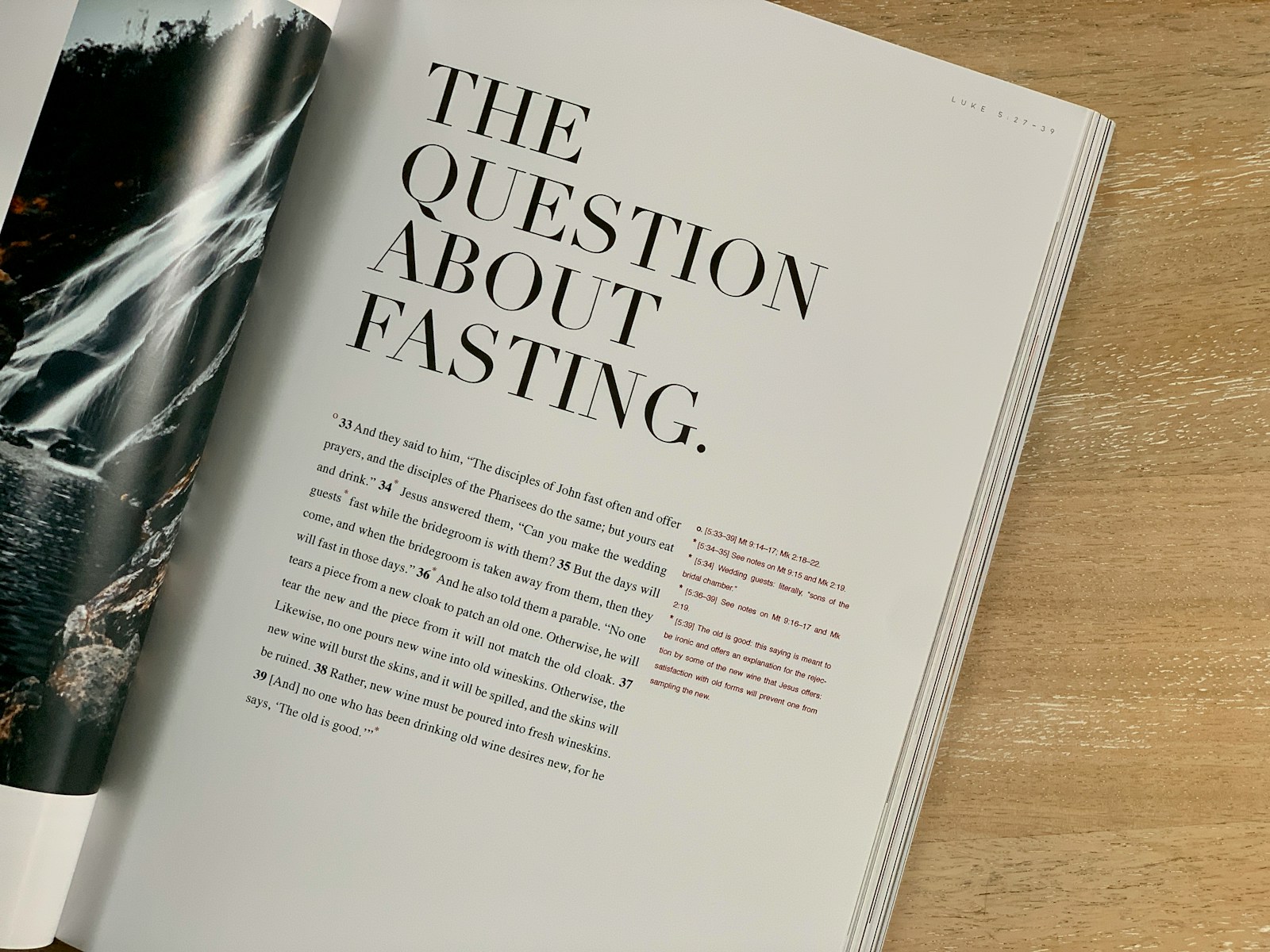Intermittent fasting has become one of the most talked-about health trends of the past decade. From celebrities to fitness influencers, many attribute it to weight loss, sharper focus, and even increased longevity.
But is intermittent fasting truly effective—or just another fad? The answer lies somewhere in between, depending on how it’s practiced and who’s doing it.
The Basics of Intermittent Fasting
Unlike traditional diets that focus on what you eat, intermittent fasting is about when you eat. The most common approach is the 16:8 method, where you fast for 16 hours and eat within an eight-hour window. Other popular styles include the 5:2 diet, where you eat normally five days a week and restrict calories on two days, and OMAD (One Meal a Day), which compresses all calories into a single meal.
The concept is rooted in giving your digestive system a break, which may improve insulin sensitivity, promote fat burning, and reduce overall calorie intake. Some studies also suggest fasting may trigger cellular repair processes and support metabolic health.
Read More: Grocery Store Survival: How to Shop for Health Without Going Broke
Potential Benefits Backed by Research
Research into intermittent fasting is still in its early stages of development, but the findings are promising. Studies show it can support weight loss by naturally reducing calorie consumption without strict food rules. Improved blood sugar regulation, reduced inflammation, and enhanced heart health markers have also been observed in some participants.
There’s also evidence suggesting fasting may improve mental clarity and focus, possibly due to more stable energy levels and reduced blood sugar fluctuations. Some animal studies even suggest that there may be longevity benefits, although human research is far from conclusive.
For people who find traditional calorie counting stressful, fasting can feel simpler and more sustainable. Instead of tracking every bite, you focus on timing, which can reduce decision fatigue.
The Drawbacks and Cautions
Intermittent fasting isn’t a one-size-fits-all solution. Extended fasting windows can lead to fatigue, irritability, and difficulty concentrating, particularly in the initial stages. Skipping meals may also trigger overeating during eating windows, negating any benefits.
It may not be safe for everyone. People with diabetes, low blood pressure, eating disorders, or certain medical conditions should avoid fasting unless supervised by a healthcare provider. Pregnant or breastfeeding individuals should also steer clear, as their nutrient needs are higher.
There’s also the social factor—dinners with friends, family gatherings, or cultural traditions can become tricky when tied to strict eating windows. Flexibility is key to making fasting sustainable in real life.
Is It a Fad or the Real Deal?
Intermittent fasting isn’t a miracle cure, but it’s also not an empty fad. For some, it’s a practical and manageable way to structure eating habits. For others, the drawbacks outweigh the benefits. The key is recognizing whether it fits your lifestyle and health needs.
If you’re curious, start gradually—perhaps delaying breakfast an hour or two—and see how your body responds. Pair fasting with nutritious food choices, hydration, and adequate sleep for the best results. Remember, no trend replaces the fundamentals of health: balanced nutrition, regular physical activity, effective stress management, and proper rest.
The Takeaway
Intermittent fasting shows promise as a tool for weight management and metabolic health, but it’s not universally beneficial. Whether it’s a fad or the real deal depends on how it fits into your life.
Approach it with flexibility, consult a healthcare professional if you have medical concerns, and prioritize long-term balance over quick fixes.
Read More: Sleep and Sugar: The Surprising Connection




